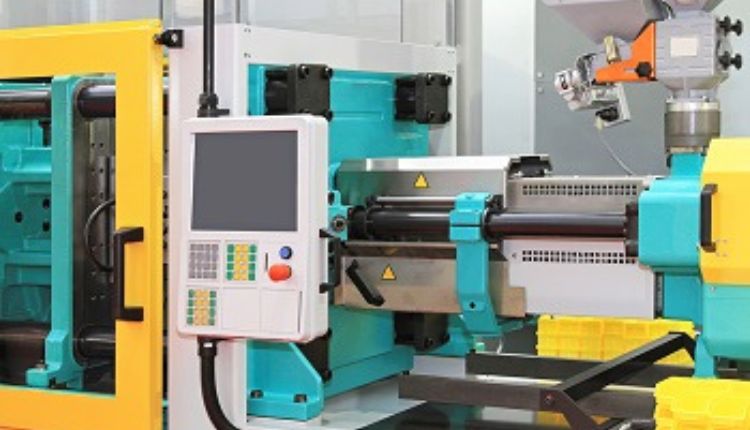Injection molding is a process that makes parts by molten plastic being injected into a mold. It is an economical and highly efficient manufacturing method for mass production of complex plastic products. The basic elements of an injection molding machine are a hopper, barrel, reciprocating screw, heater(s), movable platen, nozzle, and mold. The movable platen applies pressure to keep both mold halves airtight and releases the mold core when a part is ready for ejection.
Thermoplastics
Thermoplastics are the most common type of plastic used in the injection molding process. They are strong, flexible, and able to be re-molded several times without any damage to their physical properties. When heated, thermoplastics become liquid and can be injected into molds. This allows for the creation of plastic parts with specific properties and characteristics.
Injection molding involves the use of a screw-like machine that delivers pelletized raw material to a heated barrel. The melted raw material is then kneaded and injected into the barrel, which is then rotated to a position that injects it into an empty cavity in the mold plates. The injection cycle continues until the molten material is cooled. It is then removed from the mold and the next cycle starts. This repeats the cycle until the part is complete.
Polypropylene
In the plastic injection molding process, molten polypropylene is injected into a mold to produce plastic parts. The process is used to create a variety of parts, including containers, automotive components, medical devices and toys. Polypropylene is a versatile plastic that offers good chemical resistance, good moisture resistance and good electrical insulation. It can be molded into nearly any shape and is durable under high heat or extreme pressures.
PP comes in homopolymer and copolymer versions. The homopolymer grades are softer and offer lower impact strength but higher stiffness. The copolymer versions also offer improved mechanical properties at low temperatures and are less brittle.
Polyethylene
Polyethylene (PE) is one of the most common types of thermoplastic used in the plastic injection molding process. It is a highly versatile material that can be formed into a variety of different shapes and sizes. PE is a commonly used engineering thermoplastic with a wide range of uses, including automotive parts, toys, and pipes. It is also used in construction, packaging, and other industrial applications. The chemistry of PE varies, affecting its softening point and strength. It is important to choose the correct PE for your project.
The injection molding process involves filling the mold with molten plastic. The resin flows into the mould through a sprue or gate, which directs it to the cavities in the A and B plates of the mold.
Polystyrene
Polystyrene is a type of plastic that’s often used in the injection molding process. It has properties like low shrinkage and good dimensional stability, making it an ideal material for creating products with intricate design details. It can also be molded into foam form, which gives it even more strength and stiffness. It’s used in insulation, food packaging, and other applications that require a lightweight material that can be easily handled.
The main chemical component of polystyrene is styrene, and exposure over time can cause various health problems. It is not toxic, but prolonged exposure can lead to cancer. In the injection molding process, high impact polystyrene (HIPS) is melted into a liquid and then injected into double-sided molds. The resulting parts are then cooled and solidified.
Polycarbonate
Polycarbonate is a popular plastic material that is used for various applications. Its toughness and optical clarity make it ideal for many different types of products. Plastic injection molding process is one of the best ways to create polycarbonate parts. This method allows for better use of raw materials from start to finish. Another advantage of this process is the ability to produce large runs of polycarbonate parts. This is a significant benefit especially when considering the costs involved.
Last Word
Injection molding is also a highly flexible process that allows for the creation of polycarbonate parts with different sizes and designs. This is important because it makes the process easier to manage and operate.

